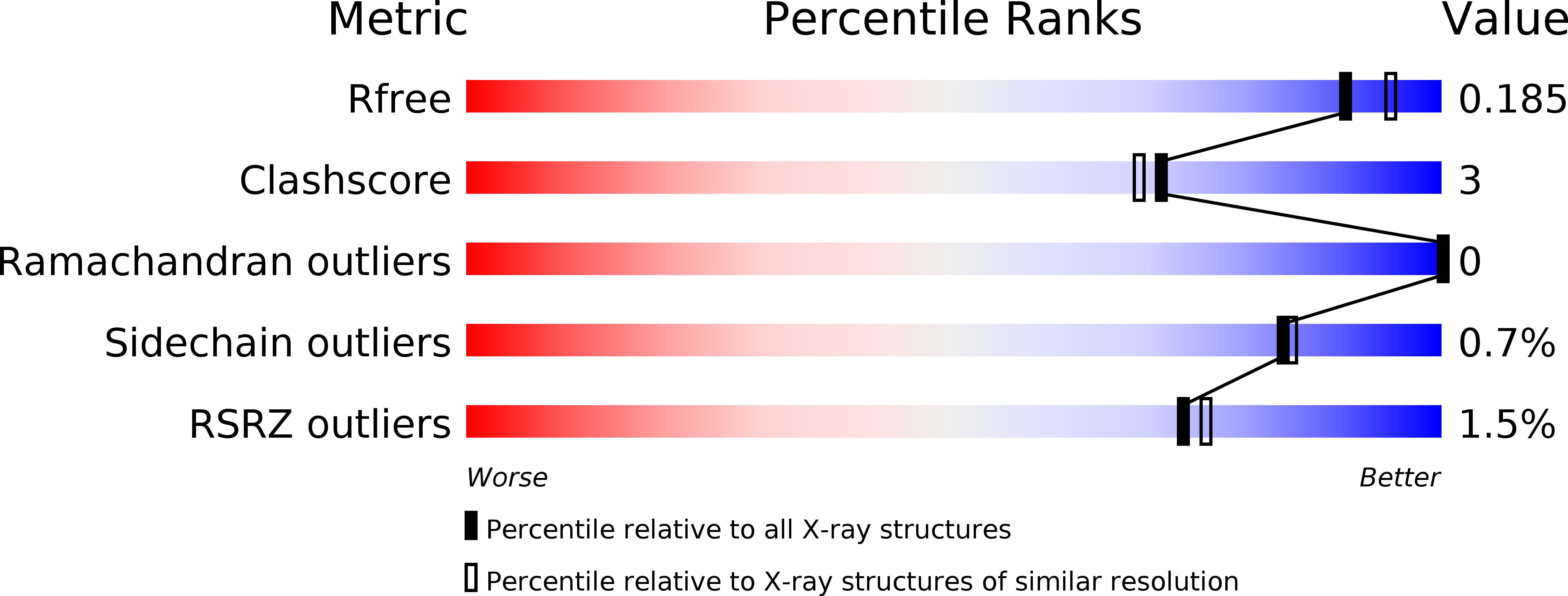
Deposition Date
2016-05-17
Release Date
2017-12-06
Last Version Date
2024-10-30
Entry Detail
PDB ID:
5JZK
Keywords:
Title:
The Structure of Ultra Stable Green Fluorescent Protein
Biological Source:
Source Organism:
Aequorea victoria (Taxon ID: 6100)
Host Organism:
Method Details:
Experimental Method:
Resolution:
1.90 Å
R-Value Free:
0.17
R-Value Work:
0.14
R-Value Observed:
0.14
Space Group:
H 3 2


